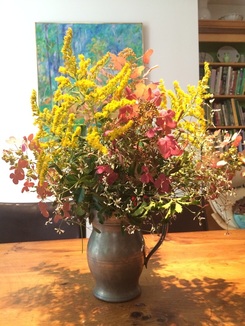 Bringing my garden into the house Before I gardened I spent a fortune at florists buying flowers. At my most penurious flowers uplifted my soul and I would make sure my friday route home included a stop at a Boston flower market so I could fill my apartment with flowers that over the weekend. I was always rubbish at arranging them, more English freestyle than an orchestrated arrangement. Decades later that style still seems an appropriate match for my rather untidy home. My garden is in transition now, leaves are beginning to yellow and shrivel, seed heads are becoming more prominent among the flowers. There is an earthy smell in the morning, the scent of decomposing leaves and earth and you can see, hear and smell that summer is waning. As the bee-balm and phlox succumb to the inevitable mildew, asters, salvias and turning leaves are coming into their own, and the annuals are putting out their final hurrah and calling out to be gathered in. Flowers of all types are best picked early in the morning when their stems are turgid or full of water. If you don't manage to pic first thing it's best to wait until early evening when they've had a chance to recover from the heat of the day and are less water-stressed. If possible, it's great to carry a bucket of water with you and plunge the stems into it as soon as they've been cut. The great thing about annuals (and some perennials) is that they will actually bloom much longer if picked regularly which is a great justification for filling your house with vases of fresh flowers. I'm slightly slip-shod about conditioning flowers to prolong their bloom but their are certain rules that are easy to follow and really help. All foliage that will be below the water level should be cut off so it doesn't rot. Try and cut stems cleanly at an angle with sharp secateurs or garden scissors so their stems are not crushed and they can take up water effectively. Also try to re-cut the tens before arranging them and if there is time place them in a bucket of cold water and leave in a cool place for a few hours or overnight before bringing them into a warm room. It's best to always use clean vases and add some cut-flower food to the water before adding the flowers - this helps not only to feed the flowers but keep the water clean as it also contains an anti-bacterial treatment. I usually don't have purchased cut flower food in the house, a home-made preservative is not as effective but simple and cheap to make and better than nothing. Just add a tablespoon of vinegar, a teaspoon of sugar and 3-5 drops of bleach to 4 cups of water and stir well. Once you've arranged the flowers, check the water level every few days and top up as necessary. It's best to change the water at least every 4 days and re-cut a tiny smidgen off each stem when you do so. Removing dead or dying flowers and adding some new keeps the arrangement looking fresh for much longer. One of my favorite garden columnists - worth buying Saturday's Financial Times just to read his articles. This was in September 25th Issue of New York Review of Books.
Garden of their Dreams The Mythology of Plants: Botanical Lore from Ancient Greece and Rome by Annette Giesecke Getty, 144 pp., $25.00 Pleasures of the Garden: A Literary Anthology edited by Christina Hardyment British Library, 224 pp., $30.00 (distributed by University of Chicago Press) The Gardens of the British Working Class by Margaret Willes Yale University Press, 413 pp., $40.00 The Plant Hunters: The Adventures of the World’s Greatest Botanical Explorers by Carolyn Fry University of Chicago Press, 63 pp., $30.00 The Golden Age of Botanical Art by Martyn Rix University of Chicago Press, 256 pp., $35.00 "Wishful thinking is entwined with gardening. We plant, we dream, we fantasize about flowers, and we see behind them the people who once gave them to us or first showed us their beauty, and then others to whom we showed them and gave them lovingly all over again. Reality then intervenes, a drought, insects, or an intruding wild pig. Gardeners are great killers in pursuit of their dreams." Vita Sackville-West, the genius of Sissinghurst Castle, used to say that her gardening was rivaled only by infant mortality in the Middle Ages. Still we dream on, propelling our gardens and their art into the next season and the next transformation, with visions of our own fresh melons or white-scented flowers on a capriciousCardiocrinum from the Himalayas. Garden designers are still taught to draw and, all too often nowadays, to plan “sustainably.” They ought to be taught to read more widely. The more we read, the more we see beyond mere “plant material” or “native wildflower areas.” Literature enriches a gardener’s fancy, as Sissinghurst’s garden itself exemplifies, growing from its creator’s romantic love of poetry, French high culture, and Iran (“Persia”) as much as from manure and careful mulching. More poetry and mythology have been spun around flowers than around anything else except women. The books under review testify to this fantasizing, without always addressing it directly. Several of them exemplify it by being beautifully produced, as if a book on flowers and gardens has to be especially seductive in a way that a book on, say, horses or dogs does not. Carolyn Fry’s The Plant Hunters even contains page-sized envelopes that open to present us with individual prints and reproductions. Public librarians will fear for the shelf life of these eminently removable extras. In the best of the group, Martyn Rix acutely observes that “though we have fewer botanists, we have more botanical artists than ever before.” These artists are today’s close observers of flowers and fruits, now that “plant scientists” have moved inward to study cells and genes. Most plant scientists are ignorant about gardening. Artists do more for susceptible gardeners’ fantasies. Electronic reproduction is reaching ever higher standards and before long, we will be able to gaze in the winter months on our own images of the world’s finest flower paintings without too much loss of their depth and texture. Botanical artists often aim to be exact, scientific, and even analytic, but as Rix’s book shows, they too are caught up by the beauty of what they “record........” |
Archives
August 2017
|
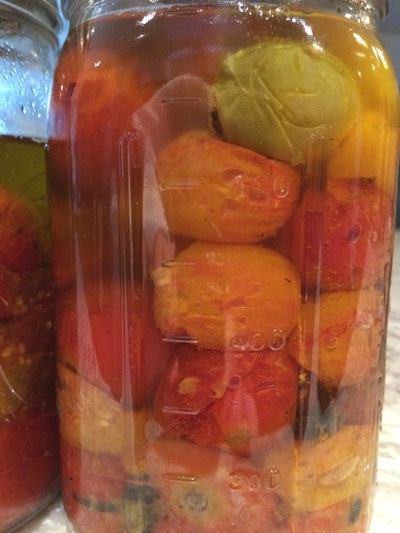
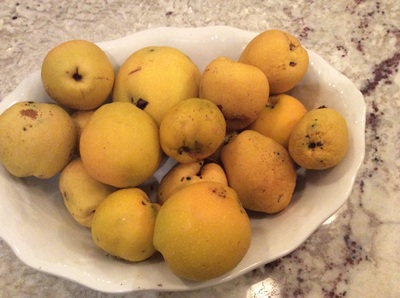
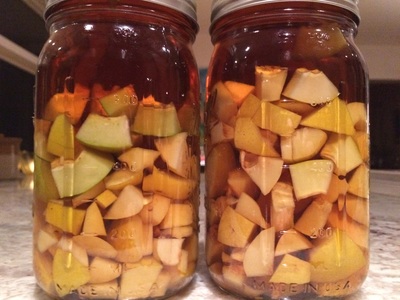
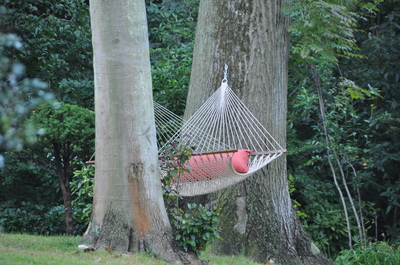
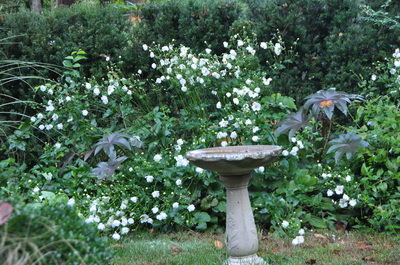
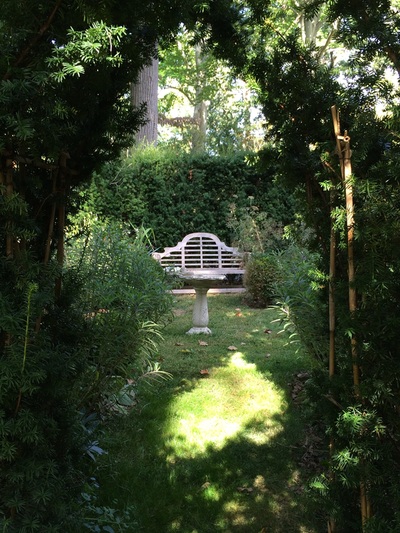
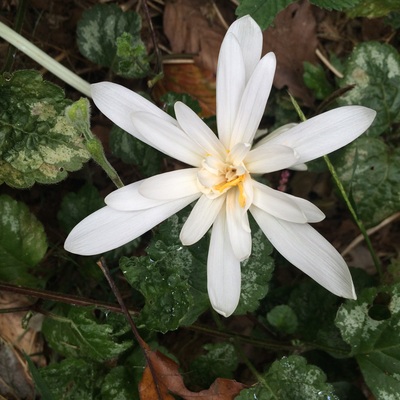

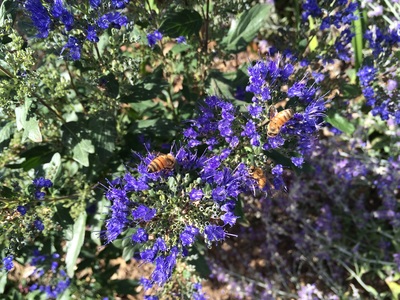
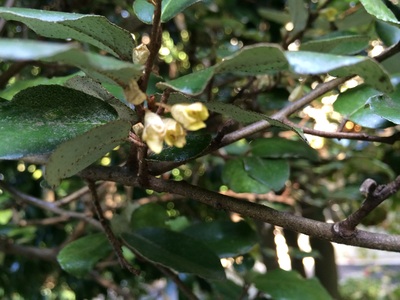
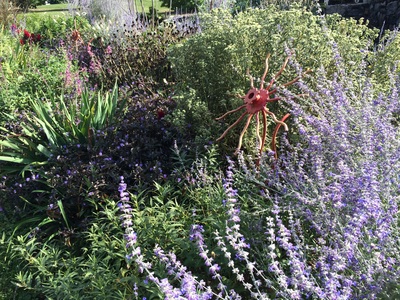


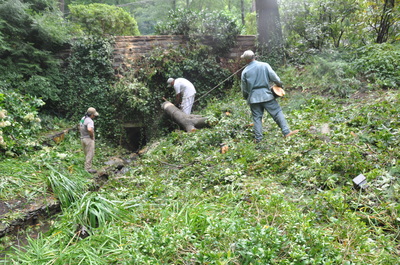
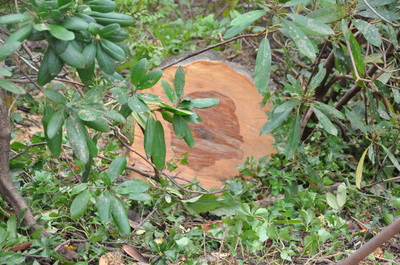

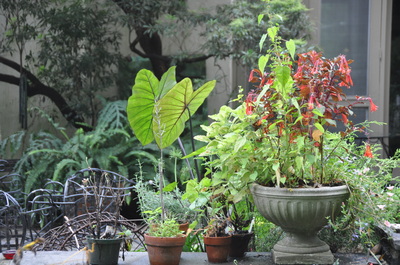
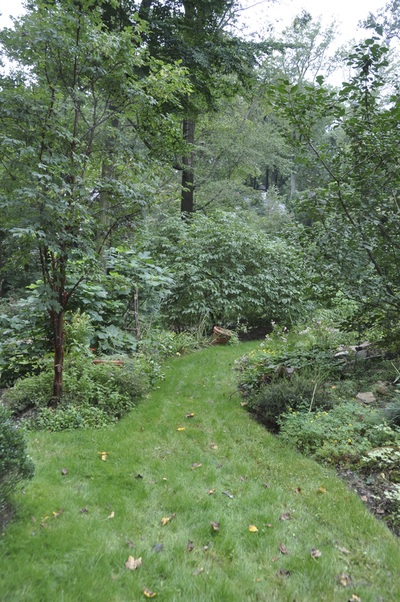
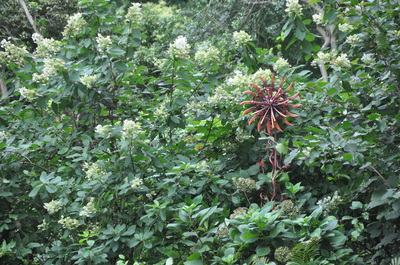
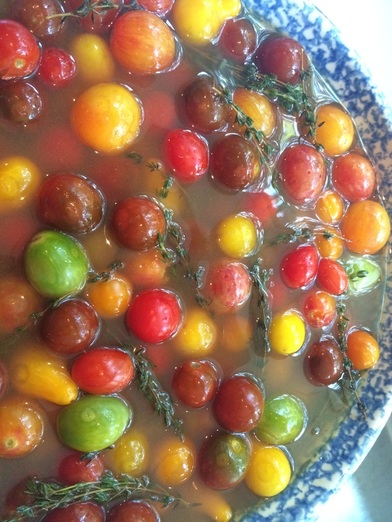
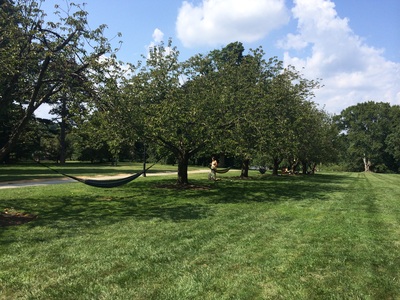
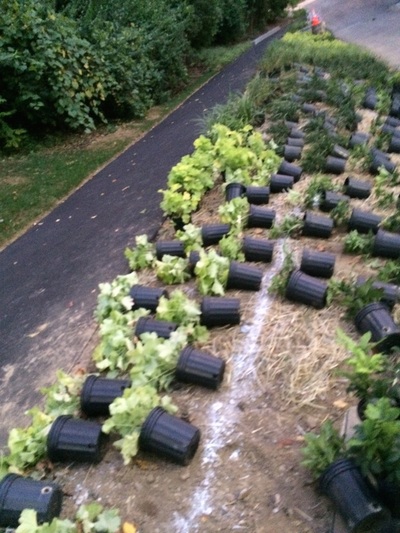
 RSS Feed
RSS Feed
